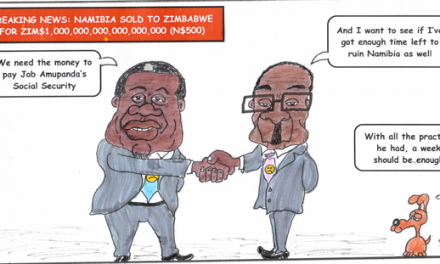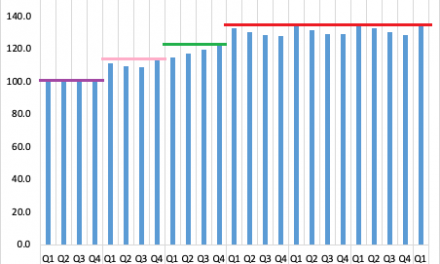
The most expensive lion-feed on the planet
Certain species of rare game are in a very large, very unpredictable asset bubble, and this will have a major impact on conservation and community development in the years ahead.
Two weeks ago, newspapers in South Africa were abuzz with the news that two rich businessmen each paid about R20 million for a buffalo. At the same auction, so-called golden gemsbuck (oryx) fetched around N$900,000 per animal while the usual exorbitant prices were paid for sable, roan, tsessebe, white rhino, black-faced impala and even waterbuck. These events also echoed in Namibia as it was reported that the breeding stock for the golden gemsbuck is Namibian in origin.
I was in South Africa at the time of the auction so it naturally drew my attention when I heard of two buffalo cows seemingly made of gold. Several articles appeared in various newspapers and from these I learned of the famous game auction. Going from the common-sense viewpoint that no buffalo in the world, even if it were the very last one, could ever be worth R20 million, I started reading up on the event.
At some point I wondered if the reporters did not get their currencies mixed up suspecting the prices were possibly cited in Zimbabwe dollars, but I double checked. No such mistake, and by the way, that currency is history.
Checking a list of these species and their performances at game auctions, I realised high value game is not called “high value” without reason. Foot and Mouth free buffalo exceeded the one million rand mark a few years back. Another fact that presented itself from the auction lists was that the buyers consisted mostly of the same crowd. In other words, the sellers and the buyers buy from each other consistently, with only a few new names on the list.
One must realise that in the game industry, there are only two potential buyers: Game farmers who hope to breed offspring that will match their parents in value, and trophy hunters, the end-consumers of these highly valuable animals. The latter is in very short supply as can be confirmed by the number of hunter clients that visit Namibia every year. Still, these hunters are usually well-off, some being very very rich, and do not mind paying about N$200,000 for an elephant, N$500,000 for a white rhino, and around N$60,000 for a sable. Prices in the hunting profession are determined by trophy value so elephants with longer tusks are more expensive than their less-endowed brothers. Similarly, sable’s horns must exceed a minimum length to be included in the Safari Club International register, or listed in the famous Roland Ward hunting bible.
This does not mean that the non-trophy individuals of rare species have no value at all, it only means they are not as expensive, but expensive they still are.
But notice from the rough figures I have quoted, that none of these animals go into the millions. They are still relatively cheap when compared to the auction prices.
So what is it that game farmers expect or hope for, that I am missing, or that the rest of us, is missing.
When one buys a buffalo cow for R20 million, it means she has to produce 20 calves, all trophy animals, before the investment realises a profit. Given that it takes anything between seven and twelve years for the individual animal to reach that age and growth where it can compete for the trophy label, we are looking at a 30-year investment. That is indeed long term and that is only possible if the buffalo lives that long, and produces a calf every year. This is a sign that somewhere, someone, is wasting money, or does not care for the return on investment. I suspect the latter.
In practice, these prices push up the price of game everywhere, including here. I shall not be amazed when white rhino jumps the N$5 million mark at our next big auction. But same as what happened to tsessebe, even the rare animals proliferate, and over a period of years, as the rare game species become not so rare, prices will come down again.
In the meantime it makes it very difficult for local communities who want to restock conservancies, to afford the animals. It also poses a serious conservation threat as nobody who has paid a million dollar for a single animal, will ever tolerate any predation. It means high-value game makes their owners rich, but it leads to the extinction of lion, cheetah, leopard, brown and spotted hyena, and wild dog.














































